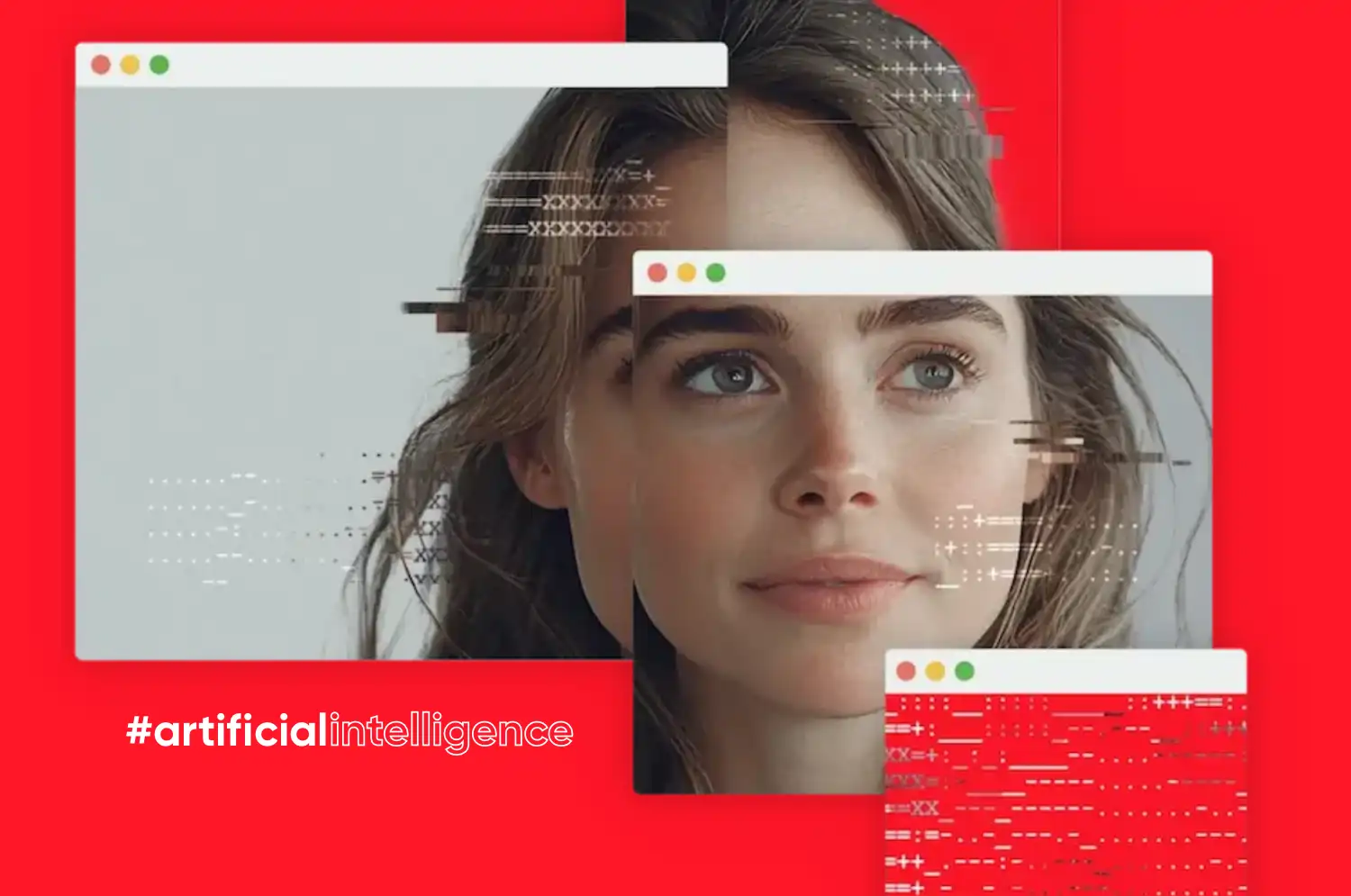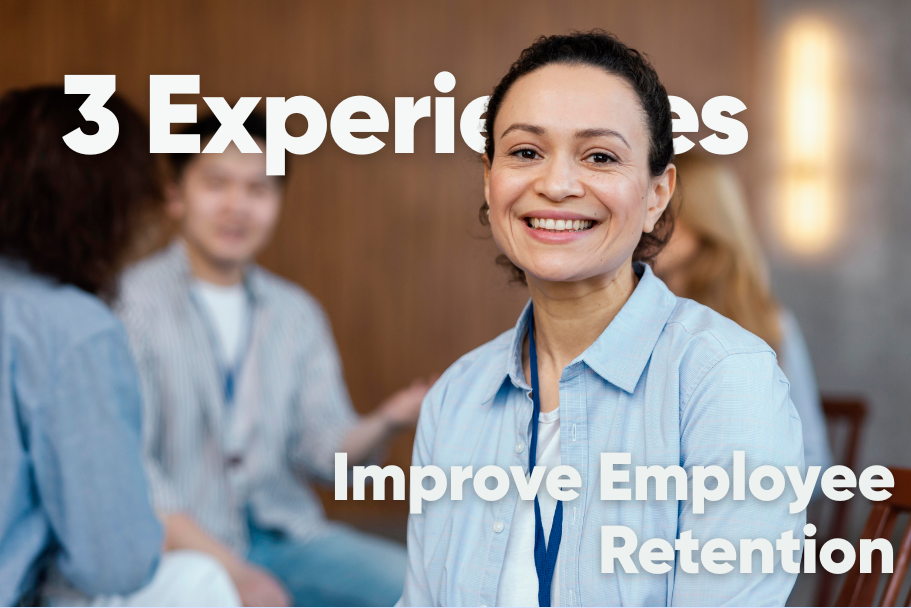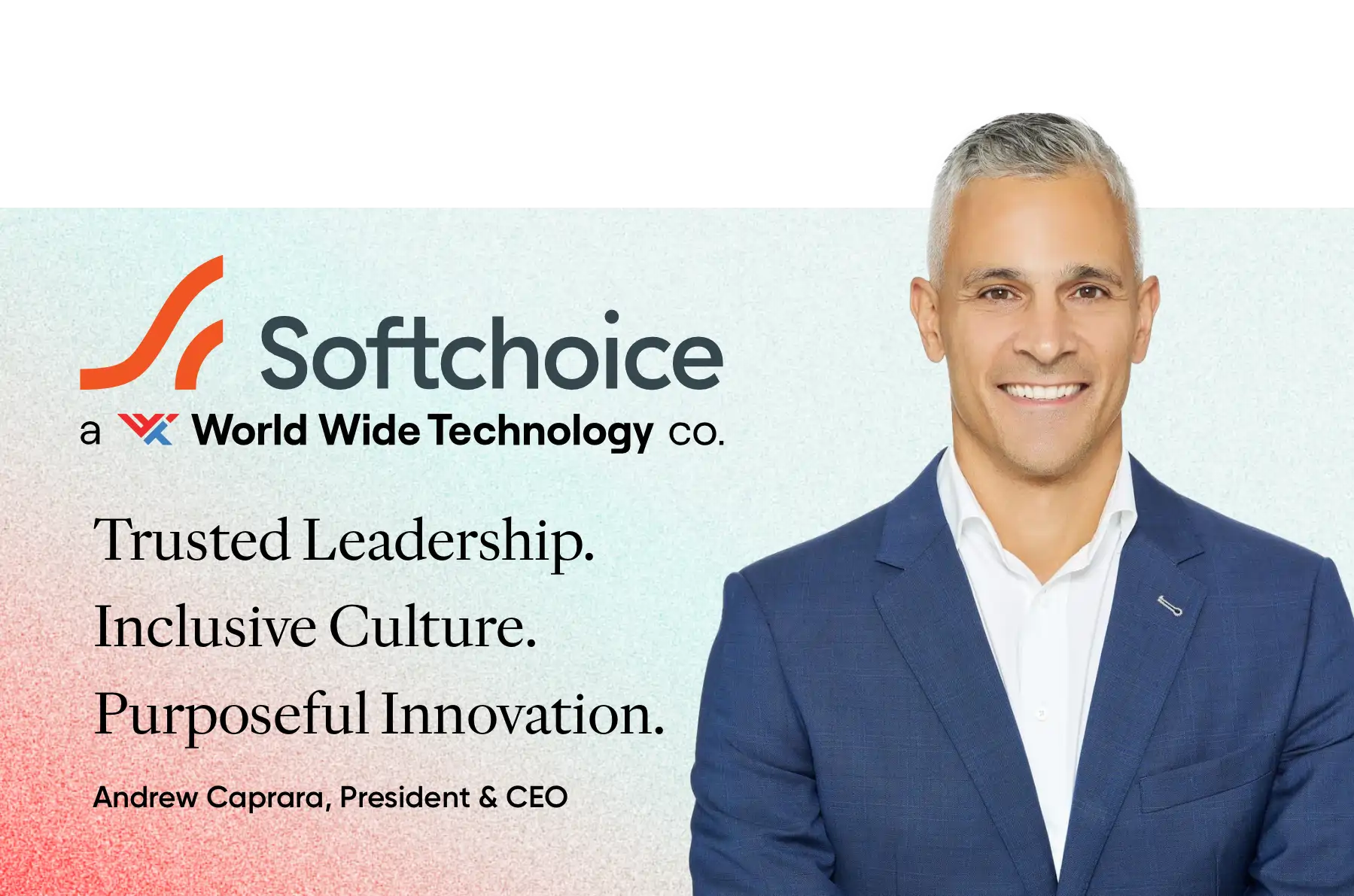
"The rise of artificial intelligence marks a turning point for organizations across the world — and Canadian organizations are no different."
While AI adoption holds the promise of increased efficiency, innovation, and profitability, the success of these efforts often depends on something less visible but far more impactful: the workplace culture behind the technology. According to McKinsey & Company, nearly 90% of global executives expect AI to boost revenue within the next three years. Yet, nearly 70% of business transformations fail, largely due to lack of workforce readiness and engagement.
New research from Great Place to Work® reveals that organizations that are early adopters of AI — and do so with a high-trust, people-first culture — are gaining measurable advantages.
Download the report: Winning the AI Race
The Real Differentiator: Trust, Not Just Technology
Early adopters of AI are not just integrating new tools — they are activating employee trust at every level. Data from a 2024 Great Place to Work® study of 190,000 employees shows that:
- Employees who receive training on AI tools are 20% more likely to adopt them confidently
- When employees feel they have a voice in decisions that affect them, they are 20% more likely to embrace AI
- When employees feel fairly compensated for their contributions, they are 60% more likely to engage with AI transformation
These findings echo insights from Great Place to Work® U.S., which found that employee trust in leadership — not the technology itself — is the strongest predictor of successful AI adoption.
Closing the Skills Gap Starts from Within
By 2030, 68% of the skills required for today’s jobs will have changed, according to LinkedIn’s Work Change Report, with AI playing a key role in this transformation. Yet despite this shift, many organizations still prioritize external hiring over reskilling and developing their current workforce.
This is a strategic oversight. McKinsey reports a disconnect between leaders and employees when it comes to AI usage. Executives estimate only 4% of employees use generative AI for 30% or more of their work. Employees say the number is nearly three times higher.
Further, Microsoft’s Work Trend Index shows that only 39% of global AI users have received training from their employer, highlighting a missed opportunity to build readiness from within
Culture Is the Strategy
Decades of data from Great Place to Work® Canada confirm that trust-based cultures outperform across all key business metrics. The High-Trust Culture business case shows that Certified™ organizations see:
- Up to 50% lower voluntary turnover than the industry average
- Higher agility and faster recovery during economic shocks
- Nearly 4x better stock market performance compared to the Russell 1000 over a 25-year span
Trust is not intangible — it’s observable in the way people experience:
- Credibility: Do leaders communicate honestly?
- Respect: Are employees treated as professionals and as people?
- Fairness: Does every team member have an equal chance to succeed?
Where trust is consistent, AI transformation moves further and faster.
Innovation by All = Faster Growth
In high-trust workplaces, innovation isn’t top-down — it’s distributed. When employees across departments and levels feel empowered to contribute, organizations unlock agility.
Companies in the top quartile for inclusive innovation experience achieve 5.5x higher median revenue growth than those in the bottom quartile, as measured by the Trust Index™.
A global study by Edelman supports this:
- 43% of employees reject AI when innovation is poorly managed
- Just 26% do when it’s introduced with transparency and fairness
This means trust doesn’t just ease adoption — it shapes whether innovation is embraced or resisted.
Early Adopters Are People-First
Great Place to Work®’s AI report highlights organizations like Adobe, DHL, Slalom, and Hilton — all early adopters combining AI rollout with training, transparency, and frontline involvement.
They’re not simply experimenting with tools. They’re making structural changes to how people are onboarded, developed, and heard. And it’s working: These companies are realizing gains in operational efficiency, employee engagement, and adaptability at scale.
This approach is not about rushing into transformation. It’s about aligning culture with technology to build lasting capability.
What Leaders Can Do Today
- Communicate Clearly and Consistently
Be direct about what AI means for your workforce. Explain how roles may evolve, which skills will be required, and where support will be provided. Transparency builds credibility. - Invest in Development, Not Just Deployment
Equip current employees with meaningful learning experiences. This includes workshops, on-demand platforms, and role-specific coaching that aligns with business goals. - Build a Workplace People Want to Grow With
Retention, innovation, and trust all stem from the same source: a culture that listens, includes, and values. A strong culture doesn’t just support transformation — it sustains it.
Final Thought: AI Adoption Is a Trust Strategy
“Trust tells workers their employer will use AI in a way that will make their workplace experience better and more equitable,” says Michael C. Bush, CEO of Great Place To Work®. “You can trust how a company uses AI if you know their employees trust them.”
The companies that will thrive in the age of AI are not only those investing in technology — but those investing in people. Culture isn’t just a context for transformation. It is the transformation
Download the report: Winning the AI Race
Download the report: How High-Trust Culture Drives Business Success
Get Certified
Want to know how your people feel about your hiring practices and workplace experience? Get Certified today and learn the answer to this question and gain many more insights along the way.






